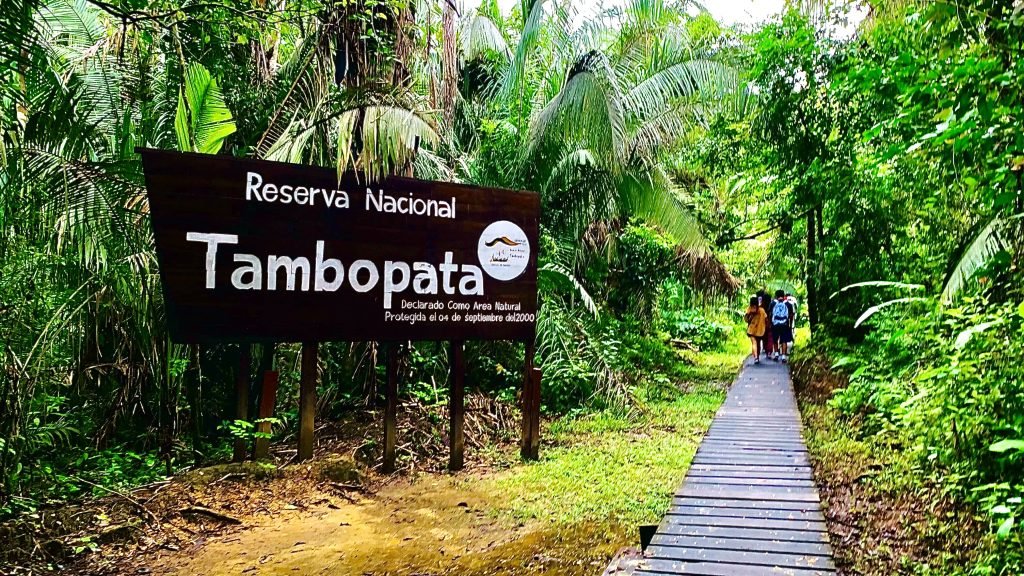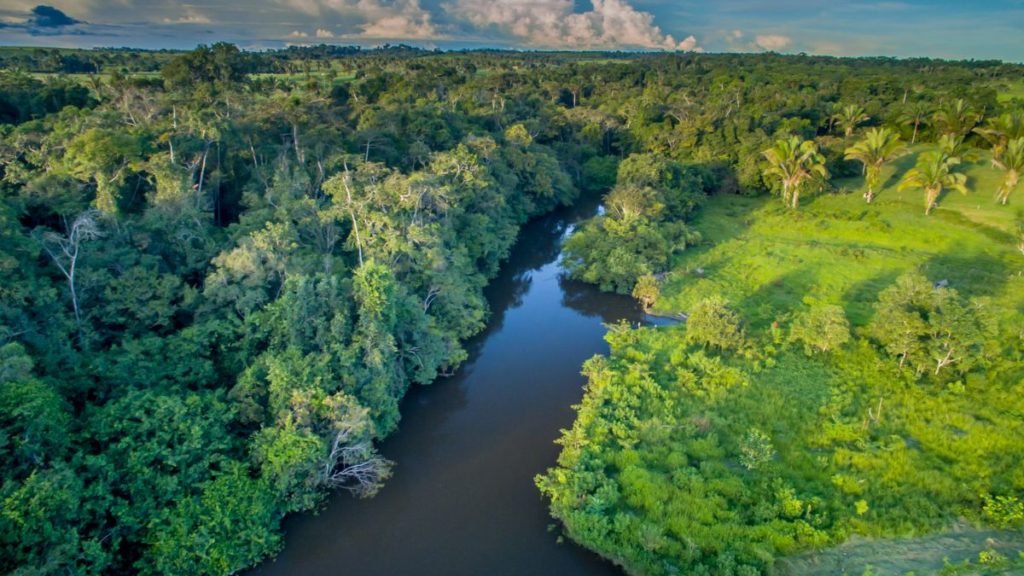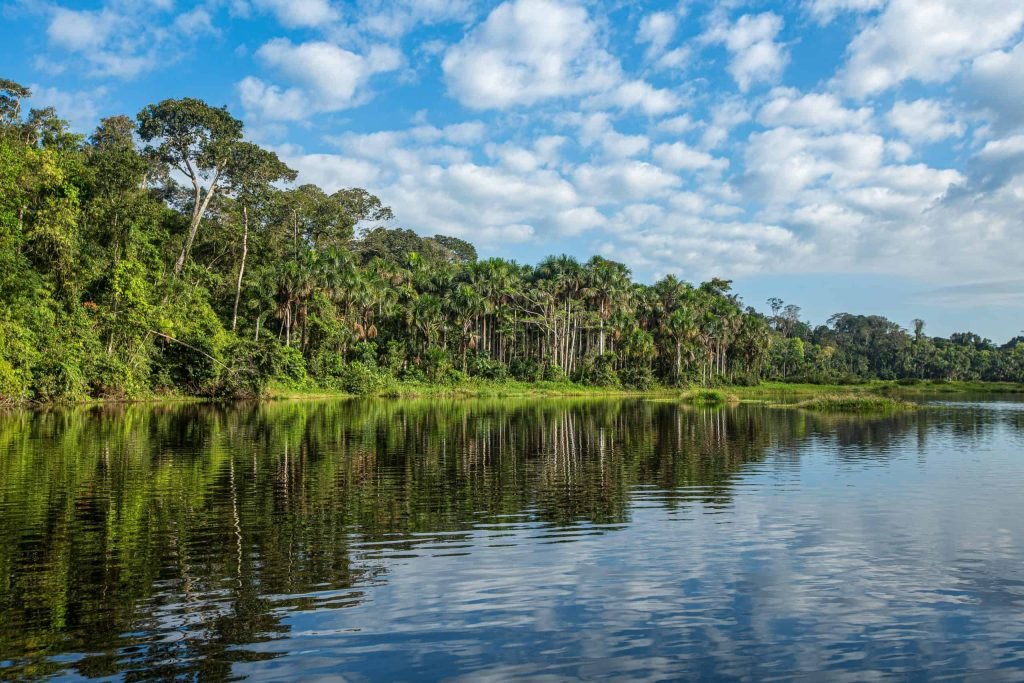What is the Tambopata National Reserve?
Located in the southeast of the department of Madre de Dios, bordering Brazil and Bolivia, the Tambopata National Reserve is an area of environmental protection in the Peruvian jungle, considered the most biodiverse in the world and a favorite destination for students, researchers and tourists from many countries.
In addition to the famous ancient Inca city of Machu Picchu, which receives thousands of tourists every year, Peru also has a vast expanse of Amazon rainforest. The Tambopata National Reserve is an important area for the protection, research and study of wildlife and is located in the province of Tambopata, department of Madre de Dios, with its capital in Puerto Maldonado-Peru. The reserve covers an area of approximately 270,000 hectares of fully preserved forest.
The protected area was established by President Alberto Fujimori in September 2000, with the main objective of protecting and preserving the forest and the sustainability of the native peoples who have inhabited the land since ancestral times. The reserve is home to an enormous variety of fauna and vegetation and is a popular destination for researchers, students, tourists and nature lovers.
What is the local fauna and flora like?

The Tambopata National Reserve is home to several species of wild animals that live in the middle of plains, hills, lakes and swamps. It is bathed by three rivers, the Madre de Dios, the Malinowski and the Tambopata, which give it its name.
It is common to find jaguars, caimans, capybaras, monkeys and giant otters in the perimeter of the protected area. Macaws, parakeets, hawks, herons and many other birds provide the perfect backdrop for the clicks and recordings of the countless tourists who visit the area. According to research data, the region is home to more than 1000 species of butterflies, more than 600 species of birds, a multitude of fish, amphibians, mammals and more than 1200 species of plants.
One of the main attractions are the numerous places where animals gather to lick the minerals found in the clay. Macaws and parakeets put on a show every day and are observed by all visitors who marvel at the exuberant wildlife in the interior of the South American jungle.
Is the Tambopata National Reserve populated?

The Tambopata National Reserve is a very preserved and sparsely inhabited area. It is only inhabited by the locals, park rangers and the staff of the Tambopata Research Center, an important study, observation and tourism site that was established there in 1996, even before the decree creating the reserve. This is Tambopata’s only research center, which contributes to the sustainability, preservation and conservation of the region and its entire ecosystem.
What activities can visitors do?
Observation and outdoor activities, as well as boat rides, are the main attractions of this place. If you travel to Peru, do not miss the opportunity to visit the Tambopata National Reserve, the perfect destination for nature and wildlife lovers. The reserve can be reached by river from the city of Puerto Maldonado. Other options are by plane and road, the latter not recommended due to the precarious conditions of the roads, which do not offer good security.





